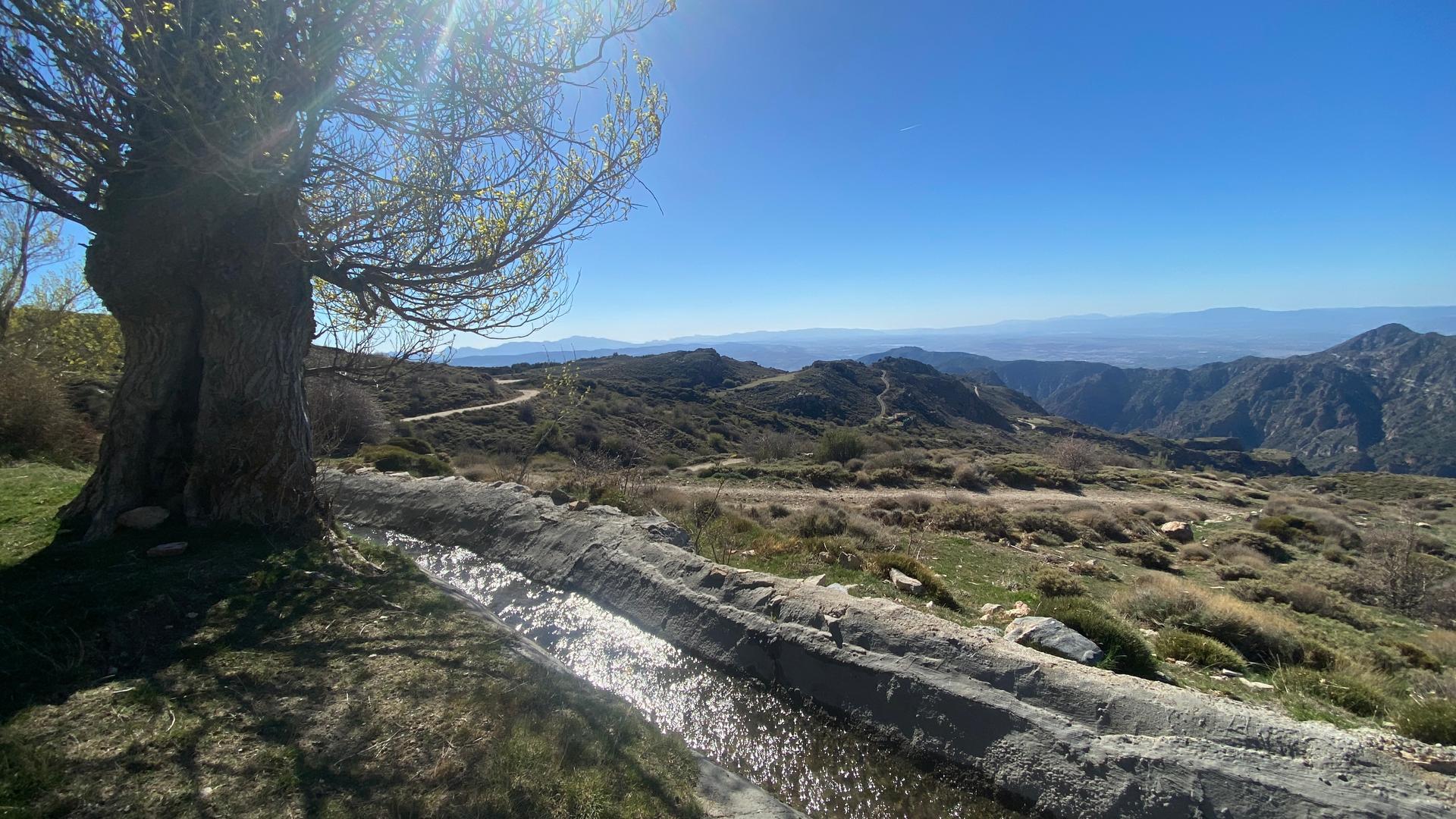Jesus Salvador remembers an area above the city of Granada, in southern Spain, where there used to be a canal flowing with water and a waterfall.
“If the winter was cold, the waterfall would freeze,” he said. “In warmer weather, a mist came off this canal and these hillsides were covered with green moss.”
And below, at the end, he said, there was a great place to swim — known as the “Pool of the Moors.”
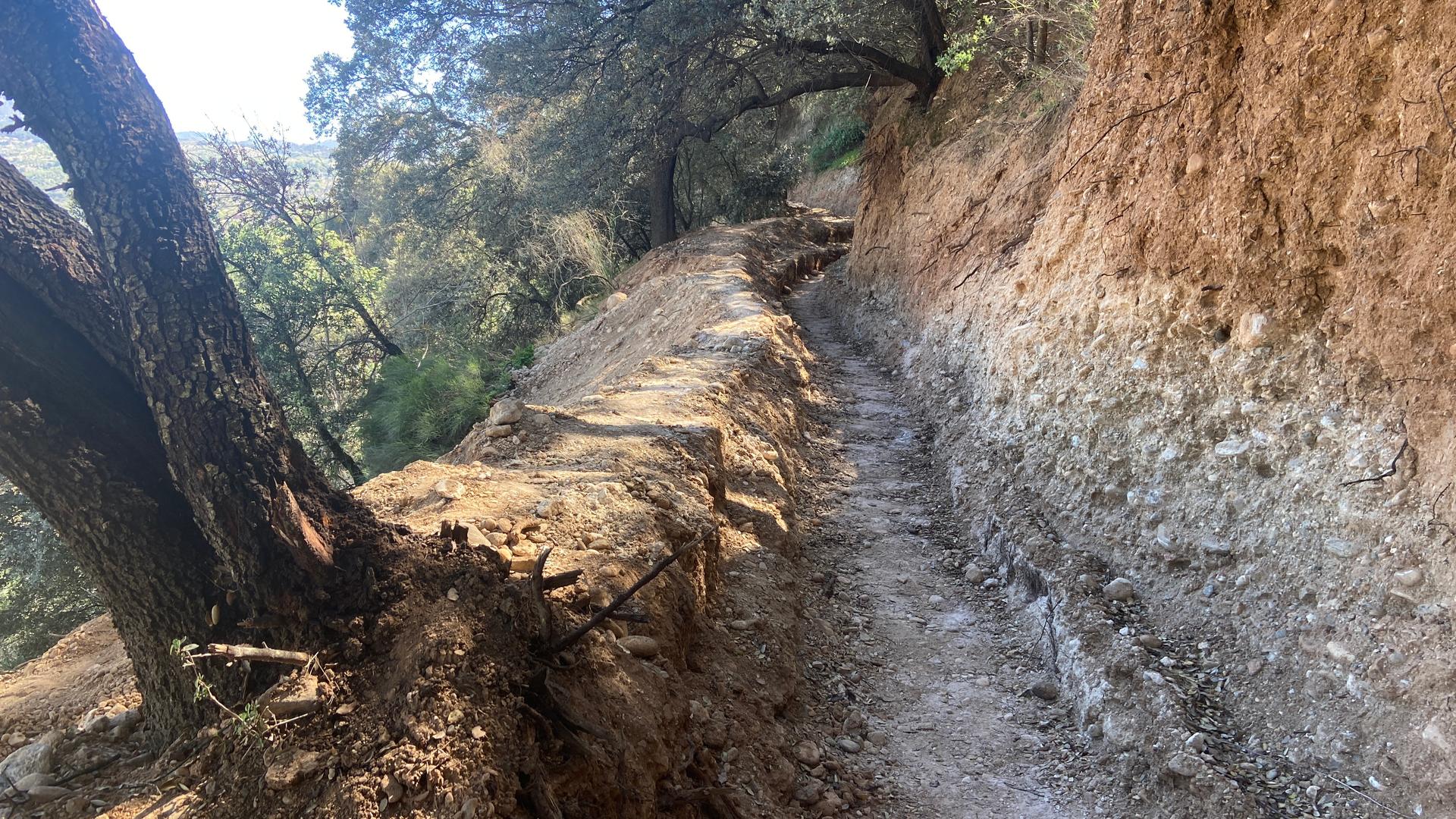
The Moors ruled the area for 800 years and built the now-abandoned canal, or acequia as they’re called in Spanish. All told, the canals form a complex network some 1,800 miles long, snaking down from the snowy Sierra Nevada mountains to the plains.
The Moors were master water engineers. But today, much of their knowledge — and the network of waterways they built throughout the region — have been lost. Now, amid drought and water shortages, archaeologists are trying to recover them.
Archaeologist Elena Correa from the University of Granada and her team, along with hundreds of volunteers, spent the last year restoring and cleaning this acequia. Its historical importance is unmatched, she said, as it once provided all the drinking water to the seat of Moorish power in Granada: the Albaicín.
The Albaicín is a hillside maze of cobbled lanes and whitewashed homes, a mix of Moorish and Spanish architecture, with the Alhambra fortress looming just in front. It’s a huge tourist draw.
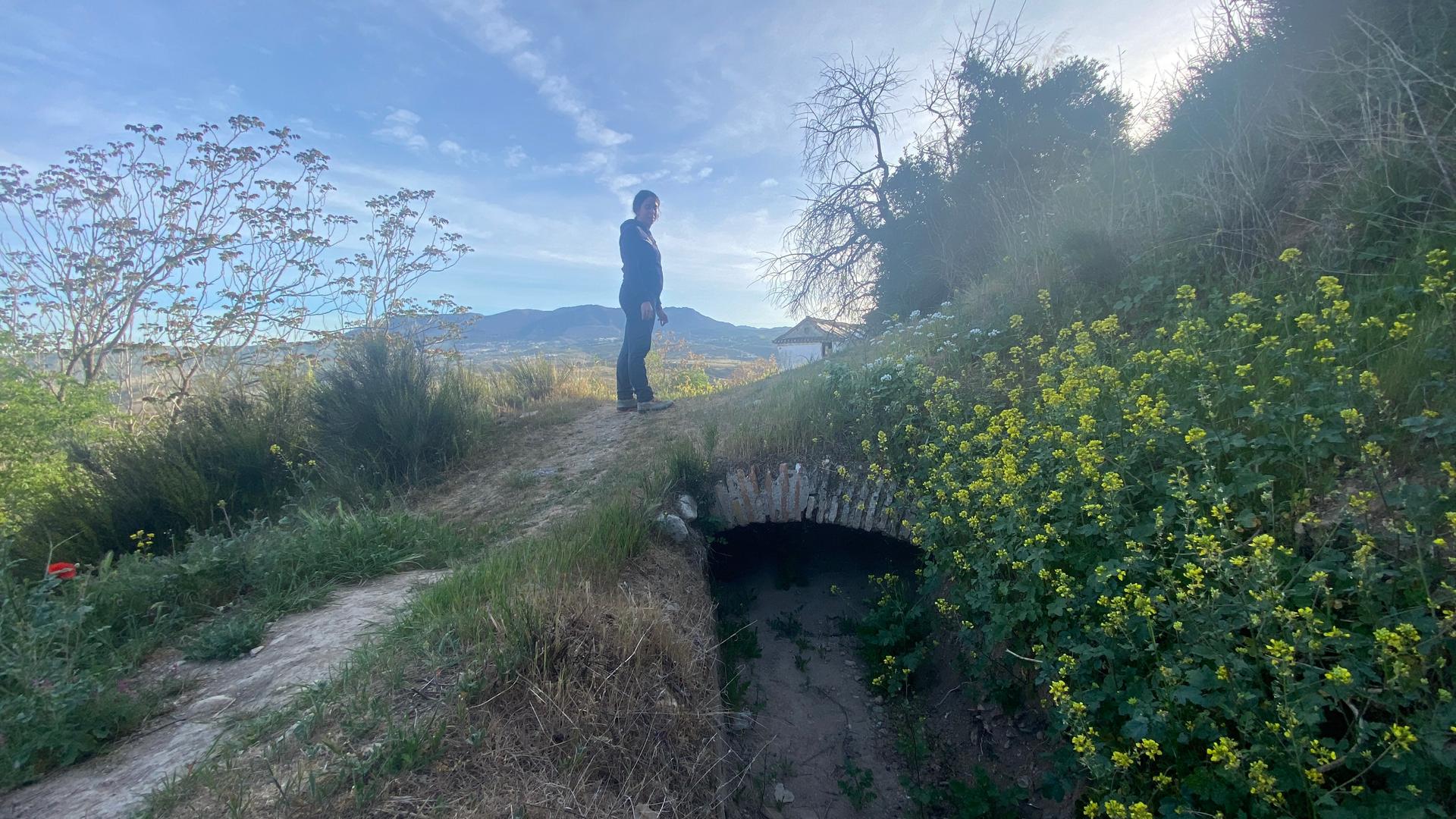
These days, the water that trickles from the Albaicin’s many fountains is pumped in by modern machinery. But a millennium ago, residents relied only on gravity.
Originally, Granada’s water all came cascading down from a natural spring some 10 miles into the mountains. It’s called the Well of Tears, named after the tear-drop shape its creators gave it.
Correa and her team hiked up the canal and opened the sluice. The water began as a gush, but soon it was a trickle. Some half a mile from the city, it disappeared altogether, absorbed into the dirt canal. It’s supposed to reach the University of Granada, to be used for watering the grounds. But this is just the start, Correa said.
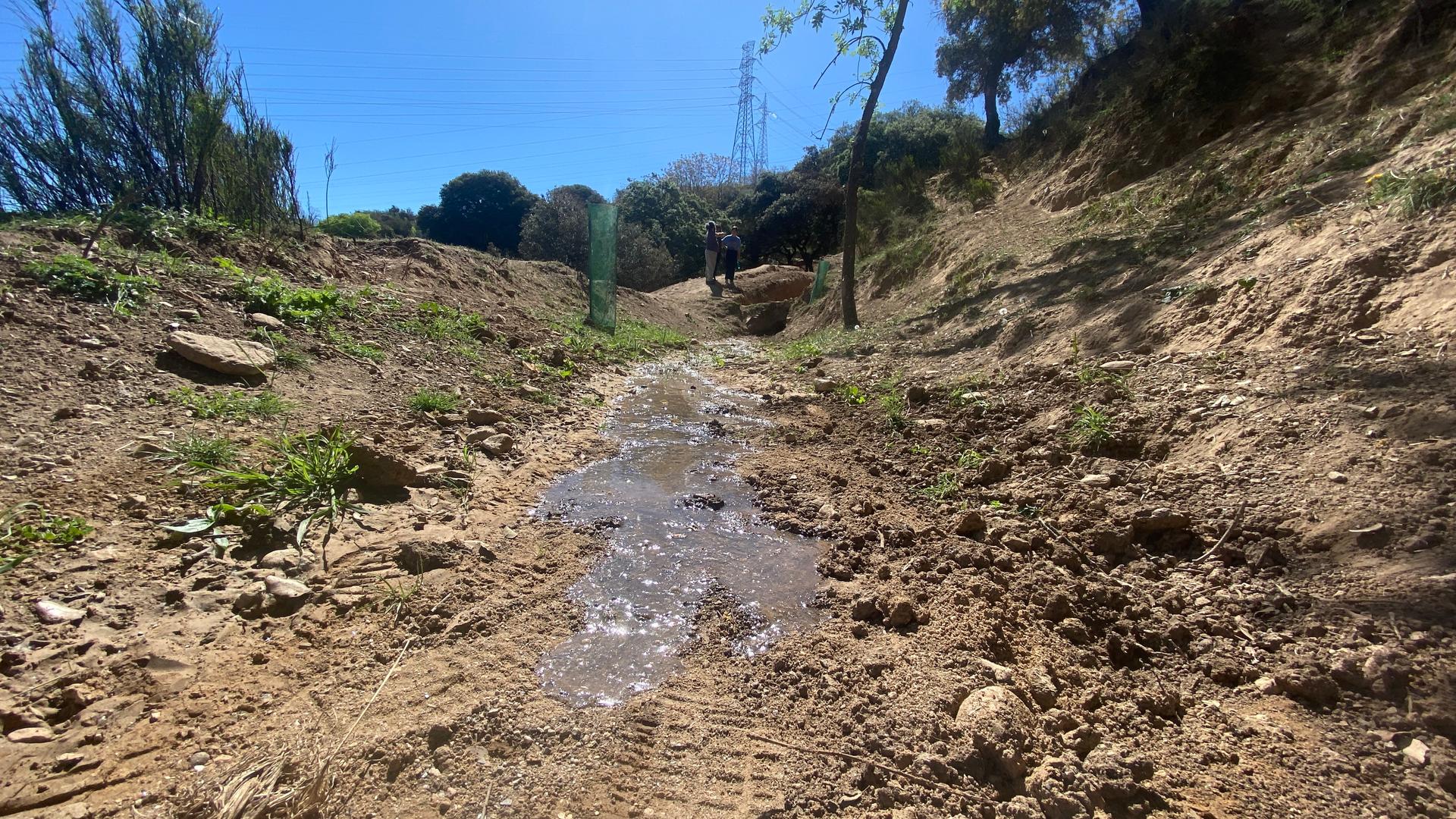
“We inherited this from the Arab farmers,” said Luis Miguel Ortega, head of the region’s irrigation authority. “The know-how most likely came from ancient Persia, Syria and Jordan.”
The Well of Tears is still in use, providing water to a couple of close-by hamlets. Its water is crystal clear, if low due to a lack of rainfall.
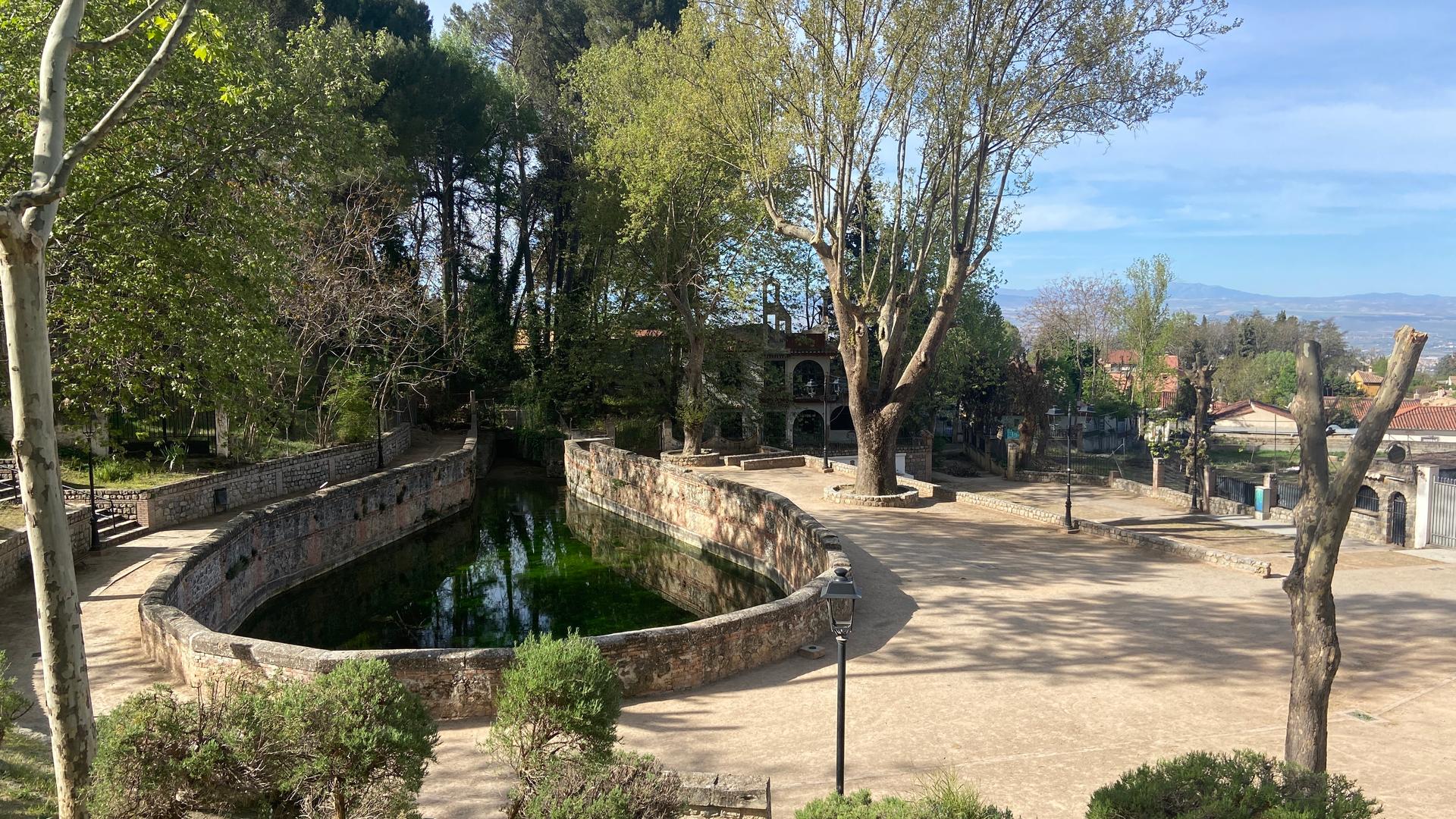
Ortega explained what he calls the real genius behind the acequias. Further up in the Sierra Nevada mountains, he said, there are canals that are not for watering crops directly. They run horizontally along the range until all of their water just seeps away into the earth.
“It might seem wasted, but the water is filtering down the mountainside. That’s why far below the canals, you find fruit trees and crops that normally wouldn’t flourish at such high and dry altitudes,” he said.
To reach the highest of these canals, you drive a dirt switchback a couple of hours to about 7,000 feet above sea level. Here, above the treeline, runs the Acequia de Los Hechos. It’s about 3 miles long and is meant to feed aquifers below.
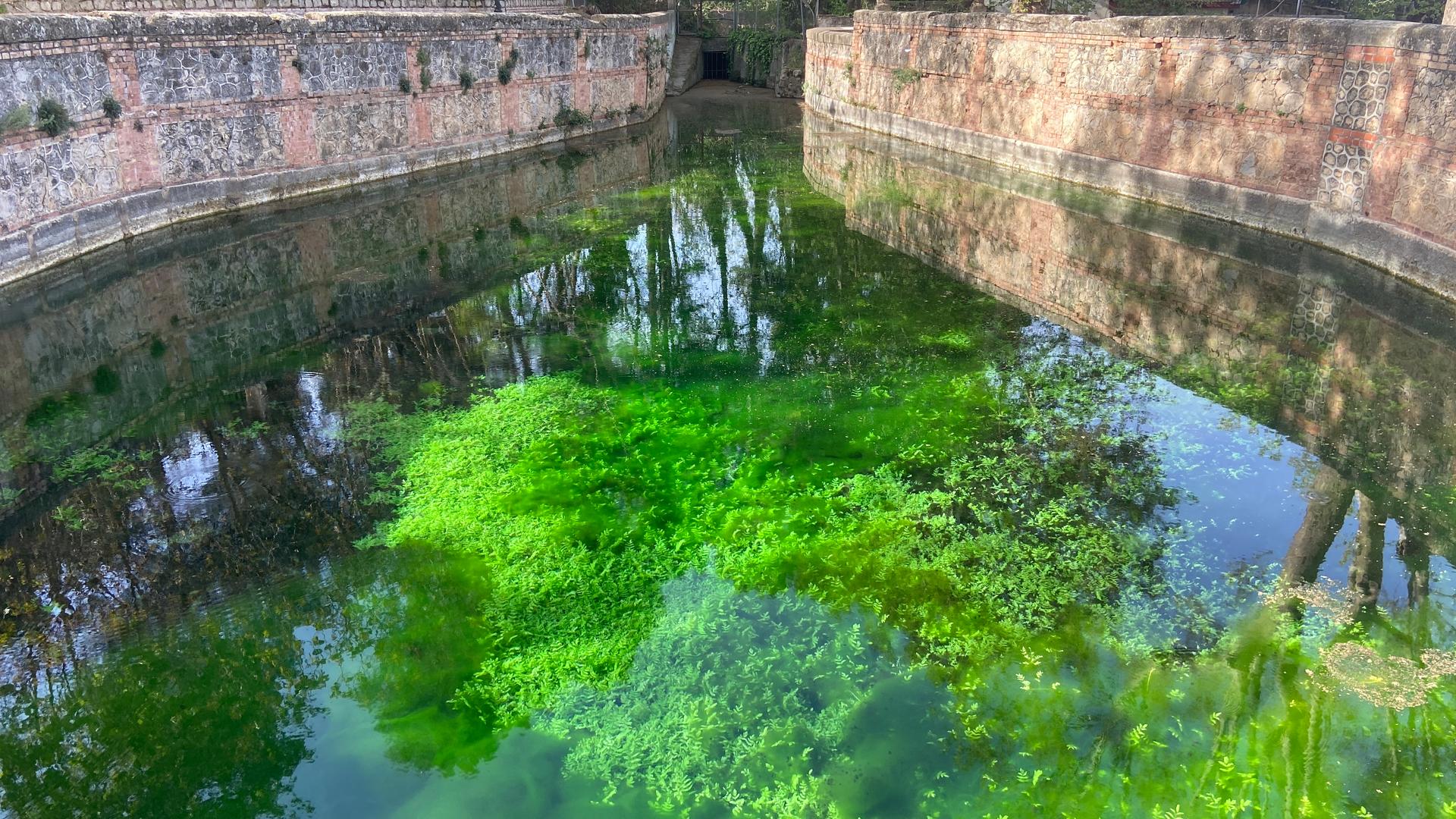
Farmer Alejandro Molina tends to his potatoes and chestnut trees on his ranch here.
“The canal here provides water to all the farms you see below,” Molin said. “If you were to cut off the acequia, this place would become a desert.”
